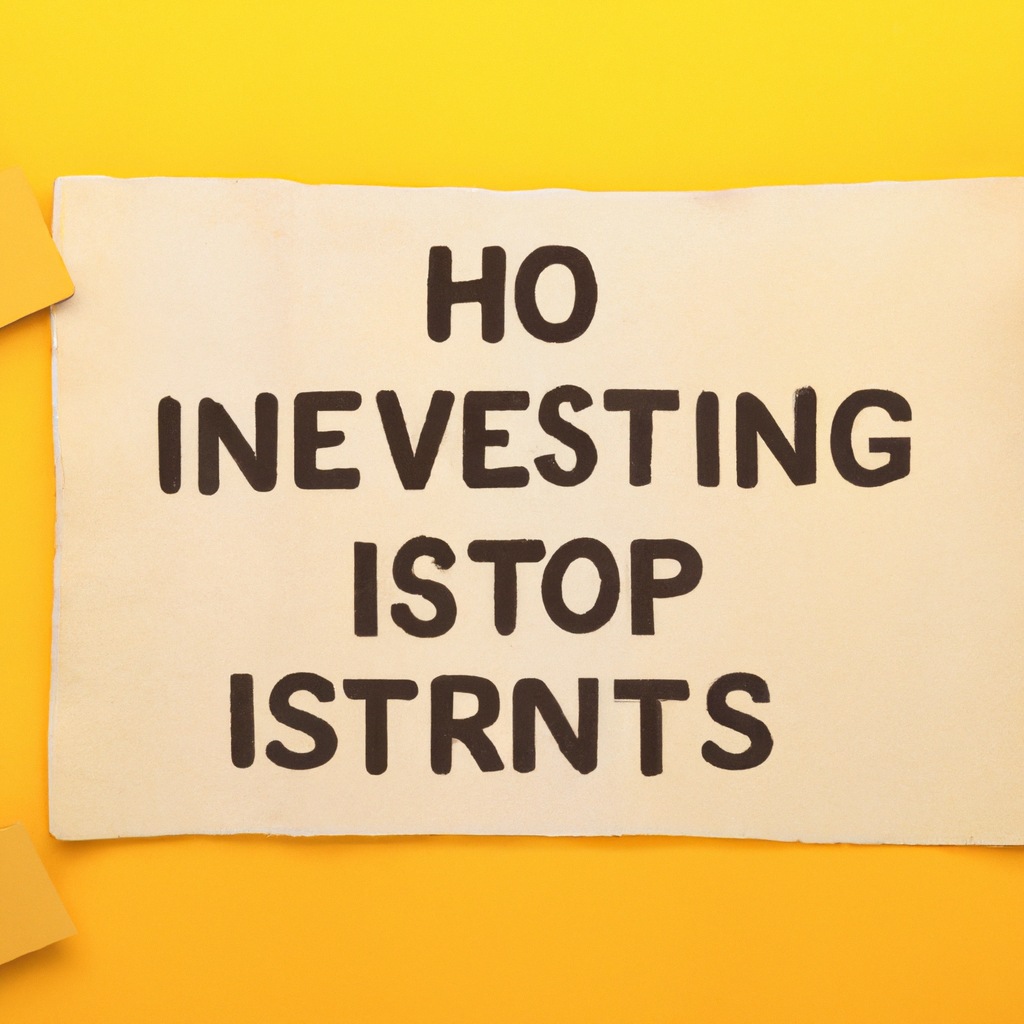
How to Start Investing Money
Introduction
Investing money is a crucial step towards building wealth and achieving financial goals. While it may seem intimidating at first, with the right knowledge and approach, anyone can start investing and make their money work for them. In this article, we will guide you through the process of getting started with investing.
1. Set Clear Financial Goals
Before you begin investing, it is essential to determine your financial goals. Ask yourself what you want to achieve through investing. Are you saving for retirement, a down payment on a house, or simply looking to grow your wealth? Setting clear goals will help you make informed decisions and stay focused on your investment journey.
2. Build an Emergency Fund
Before diving into investing, it is crucial to establish an emergency fund. This fund should ideally cover three to six months of living expenses. Having an emergency fund ensures that you have a safety net in case of unexpected financial setbacks, such as a job loss or medical expenses. It also prevents you from having to liquidate your investments prematurely.
3. Educate Yourself
Investing requires knowledge and understanding of various investment options and strategies. Take the time to educate yourself about different investment vehicles such as stocks, bonds, mutual funds, and real estate. Read books, attend seminars, and follow reputable financial websites to expand your investment knowledge.
4. Determine Your Risk Tolerance
Every investor has a different risk tolerance, which refers to the amount of risk they are willing to take with their investments. Assess your risk tolerance by considering factors such as your age, financial situation, and investment goals. Younger individuals with a longer time horizon can generally afford to take more risks, while those closer to retirement may prefer more conservative investments.
5. Start with a Retirement Account
One of the best ways to begin investing is by opening a retirement account such as a 401(k) or an Individual Retirement Account (IRA). These accounts offer tax advantages and allow your investments to grow over time. If your employer offers a 401(k) match, be sure to take advantage of it as it is essentially free money.
6. Diversify Your Investments
Diversification is a key strategy to mitigate risk and maximize returns. Spread your investments across different asset classes, industries, and geographic regions. This way, if one investment performs poorly, others may offset the losses. Diversification can be achieved through mutual funds, exchange-traded funds (ETFs), or by investing in individual stocks and bonds.
7. Start Small and Stay Consistent
Starting small is better than not starting at all. Begin with an amount you are comfortable with and gradually increase your investments over time. Consistency is key to successful investing. Set up automatic contributions to your investment accounts and stick to your plan, regardless of market fluctuations.
8. Regularly Review and Rebalance
Investing is an ongoing process. Regularly review your investment portfolio to ensure it aligns with your goals and risk tolerance. Rebalance your portfolio periodically by selling investments that have performed well and buying more of those that have underperformed. This helps maintain your desired asset allocation and keeps your investments on track.
Conclusion
Investing money can be both exciting and rewarding. By setting clear goals, educating yourself, and starting with small, consistent investments, you can begin your journey towards financial independence. Remember to diversify your investments, regularly review your portfolio, and seek professional advice when needed. With time, patience, and a long-term perspective, you can build a strong investment portfolio and secure your financial future.